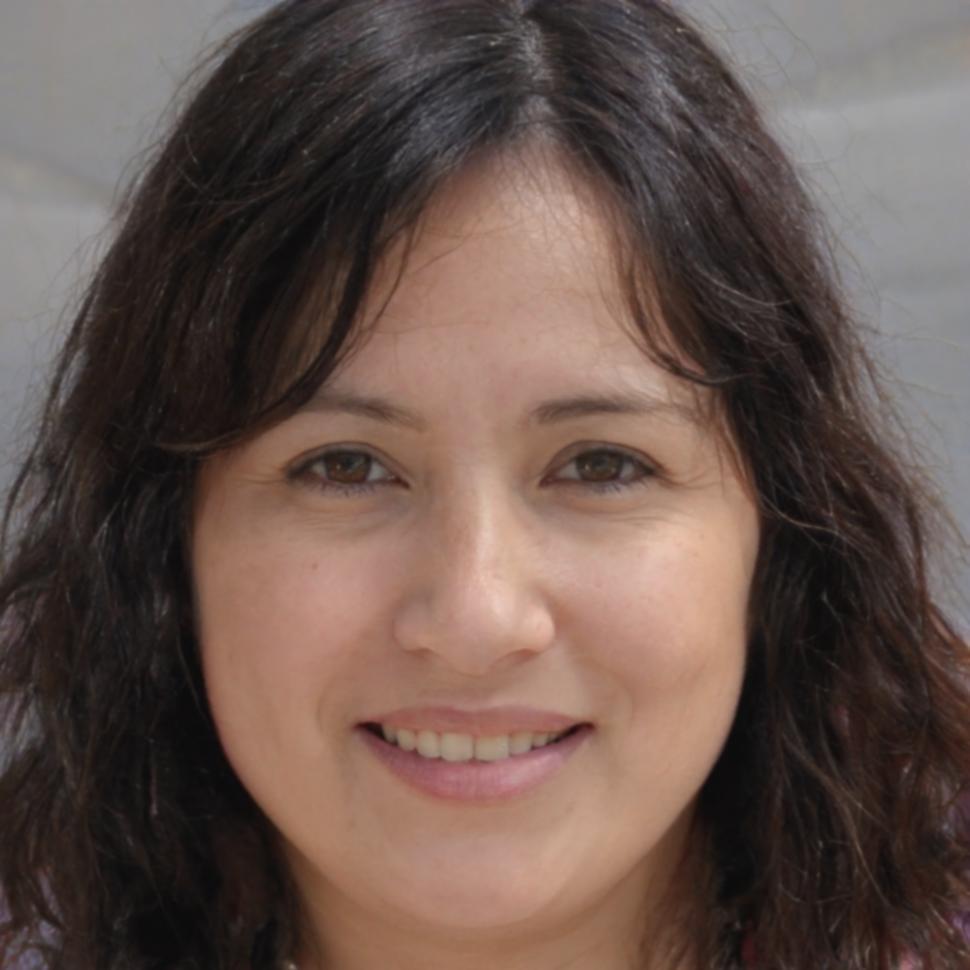Financial Planning That Actually Makes Sense
Stop guessing where your money goes. Our goal-focused budget planning program teaches practical approaches to managing finances—without the overwhelm or complicated jargon.
Explore Our ProgramsBuilding Your Financial Framework
Most people get stuck because they start with budgets instead of goals. We flip that around. Here's how our approach differs from traditional finance courses.
Define What Matters
Before touching spreadsheets, we spend time clarifying your actual financial goals. A house deposit? Career change fund? Early retirement? The budget follows the goal, not the other way around.
Track Without Obsessing
You'll learn systems that take 10 minutes per week. Not complicated apps. Not daily receipt tracking. Just simple methods that show where money flows without becoming a second job.
Adjust and Adapt
Life changes. So do budgets. We teach responsive planning that handles income shifts, unexpected expenses, and changing priorities without starting from scratch every time.
Real Planning Scenarios We've Worked Through
These are actual approaches we've used with participants. Each situation required different strategies—because cookie-cutter budgets never work in practice.

The Variable Income Challenge
Freelance designer struggling to budget with inconsistent monthly income
The Situation
Emma's income ranged from $3,200 to $8,500 monthly. Traditional percentage-based budgets meant she either overspent in lean months or under-saved in good ones.
Our Approach
- Calculated her lowest regular income over 18 months ($3,400)
- Built fixed expenses budget on that baseline figure
- Created tiered savings plan for income above baseline
- Set up automatic transfers on the 1st and 15th regardless of invoice timing
What Changed
After eight months, Emma had accumulated a three-month buffer and started investing excess income. The system worked because it matched her actual cash flow patterns instead of fighting them.

Competing Financial Goals
Couple trying to save for home deposit while managing student debt
The Situation
Marcus and Lily wanted to buy property within three years but also had $47,000 in combined student loans. Every dollar felt like it belonged in multiple places at once.
Our Approach
- Ran calculations on loan interest versus housing market growth
- Created split allocation: 60% house deposit, 40% debt reduction
- Identified $680 monthly in subscriptions and convenience spending to redirect
- Set quarterly review points to adjust ratios based on housing market
What Changed
They're now 18 months in with $38,000 saved and student debt down to $31,000. More importantly, they stopped arguing about money because the plan gave them shared clarity instead of competing priorities.

Recovery After Financial Setback
Starting from scratch after medical emergency wiped savings
The Situation
Priya had spent 14 months building a $12,000 emergency fund when unexpected surgery and recovery left her with depleted savings and new payment plans to manage.
Our Approach
- Started with $500 mini-emergency fund before tackling medical debt
- Negotiated payment plans that fit actual cash flow, not creditor preferences
- Built psychological wins through quick visible progress
- Reframed timeline expectations to avoid burnout and abandonment
What Changed
Ten months later, Priya has rebuilt her emergency fund to $4,200 and cleared 60% of medical debt. She learned that financial resilience isn't about perfection—it's about having systems that work even when life doesn't go as planned.
Program Options Starting September 2025
Choose the learning format that fits your schedule. All programs include lifetime access to materials and quarterly update sessions.
What Participants Actually Say
These reflections come from people who've worked through our programs. Results vary based on individual circumstances and commitment to the process.

I'd tried three different budgeting apps before this and quit all of them within weeks. What worked here was starting with why I wanted to manage money better—not just tracking every coffee purchase. Eight months later I've saved $9,400 toward my business launch fund, and the system takes me maybe 15 minutes each week.